Formerly, “The Water Cress Capital of the World,” Huntsville’s growing tech and science industries have transformed it into “Rocket City, USA,” and Alabama’s most populous municipality.
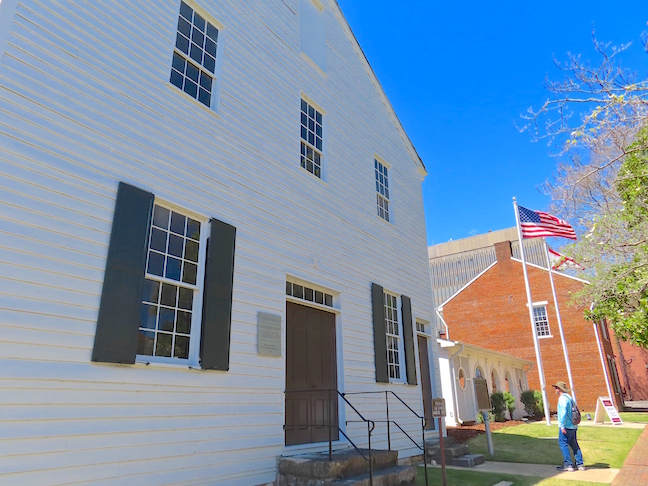
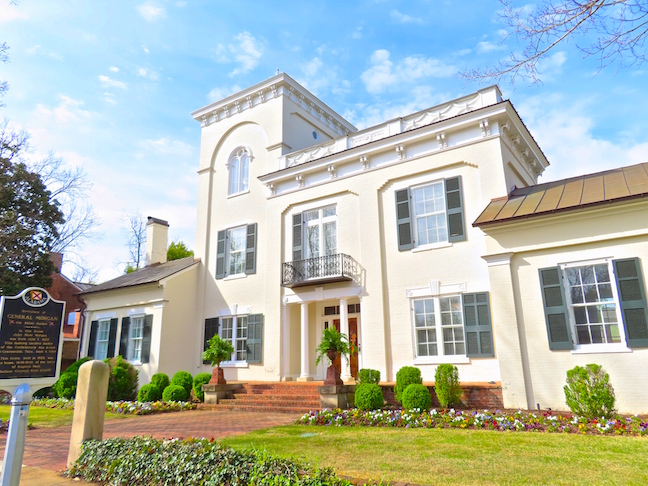
The Morgan-Neal House was built in 1823 and is one of dozens of lovingly restored Victorian mansions in Huntsville’s Old Town. It is the birthplace of General John Hunt Morgan the “Rebel Raider” who was shot dead while camped in Greenville, TN in 1864.
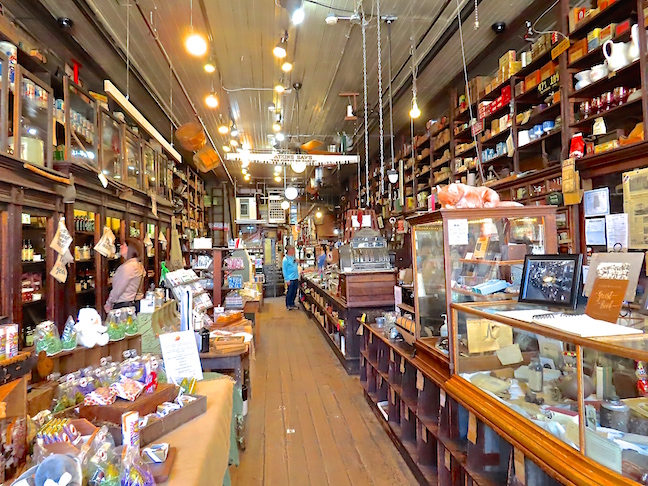
Harrison Brothers Hardware store has operated on Huntsville’s courthouse square since 1897. The store has kept its counters, display shelves, wood floors, and fixtures intact displaying merchandise and advertising like brothers James and Daniel sold well over a century ago. The store also serves as a museum honoring Henderson and his son Daniel Brandon, whose incredible masonry skills are still evident in many of old town’s finest structures built 1887-1921. Their phenomenal success is even more amazing as they broke the rigid color barrier prevalent throughout Alabama.
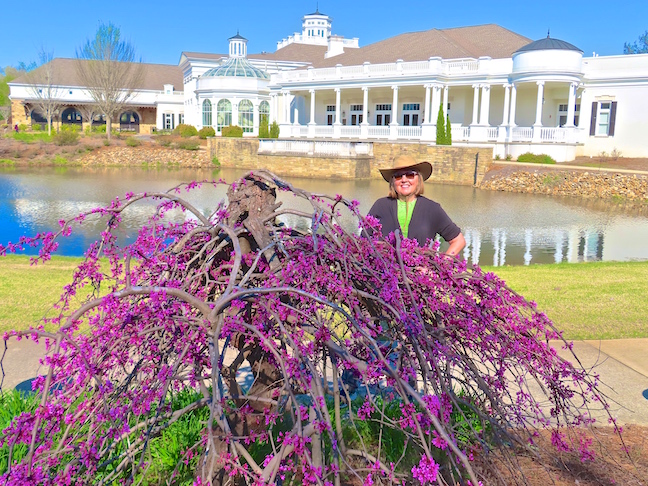
The 118-acre Huntsville Botanical Garden is open year-round. We were a little early for the full spring blooming experience, but the many nature trails featuring diverse ecosystems, native plants, dogwoods and bush azaleas provided plenty of plants to ponder. It is rated the Fourth Best Botanical Garden in North America by USA Today.
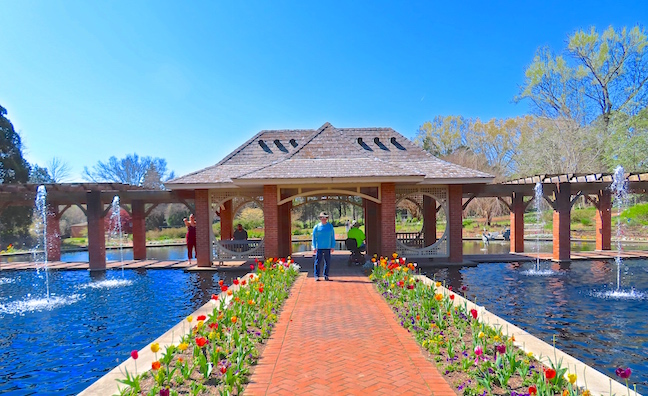
Of course no spring flower fling is complete without tulips. The water-surrounded pagoda with fountains added a fine touch.
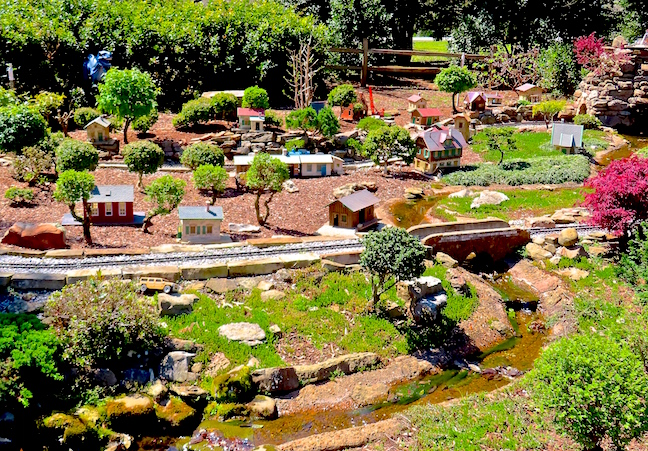
My favorite display was the G-scale Train Garden. Two Boy Scouts laid the tracks as part of their Eagle Scout project. The Living Arts Bonsai Society used over 1,000 plants for the landscaping. I could only capture a small portion of the highly detailed European village, forests, bog area, ponds, and buildings with their tiny people, vehicles, running steam engines, animals and even fish in the streams.
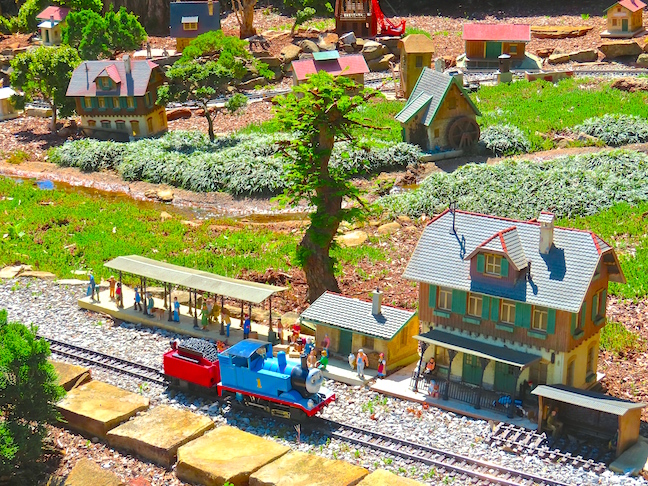
The puffing from two steam locomotives beckons visitors to discover the many intricate touches that make this layout wonderful.
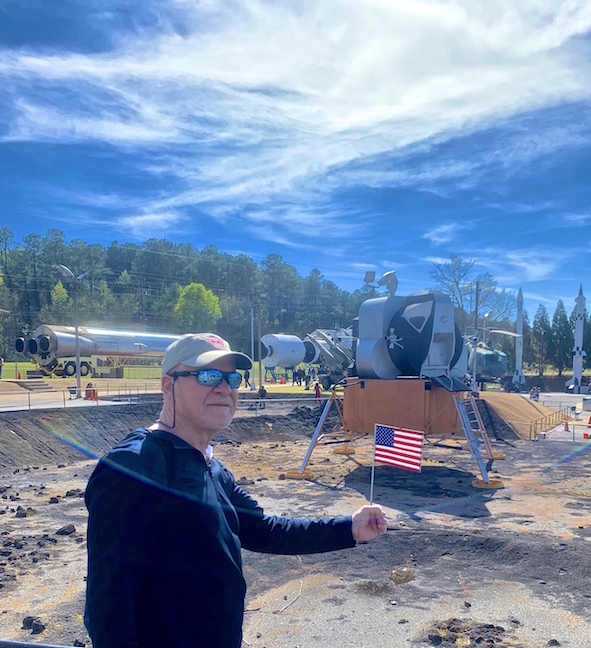
Huntsville’s history with rocketry began with the massive Redstone Arsenal installations for production of chemical weapons during World War II. After the war came NASA’s Marshall Space Flight Center, the US Army Aviation and Missile Command, and the FBI’s operational support headquarters. Wernher von Braun’s 200 German scientists and engineers arrived in 1950 and were instrumental in the development of space missions and the U.S. Space and Rocket Center. To explore space, Americans had to go through Huntsville, AL.

Two miles from downtown Huntsville are the Three Caves in the Monte Sano State Park. The Hermitage Quarry created the limestone mines using the “room and pillar” excavation method from 1945 to 1952. The mines were a fallout shelter during the Cuban Missile Crisis and set for a movie and music videos: “The Ravagers” in 1978, “What Waits Below” in 1984, and “Reason to Be” in the ’80s. Rock fall issues were discovered in 2006 closing the mines, but summer concerts are still held in the outside bowl area.

Monte Sano is Spanish for “Mountain of Health.” Two miles from downtown, the state park contains 25 miles of hiking and biking trails within its 2,140 acres. You’ll also find camp sites, an RV park, cottages for rent, a Japanese Garden, planetarium, outdoor amphitheater, and country store.
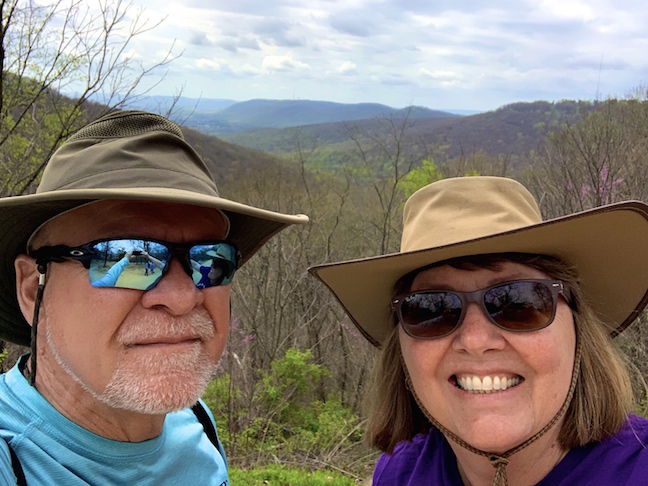
We found Huntsville’s unique culinary offerings excellent, attractions outstanding, and proximity to nature getaways convenient. It’s obvious why Huntsville is one of the fastest growing cities in the southeast United States.

